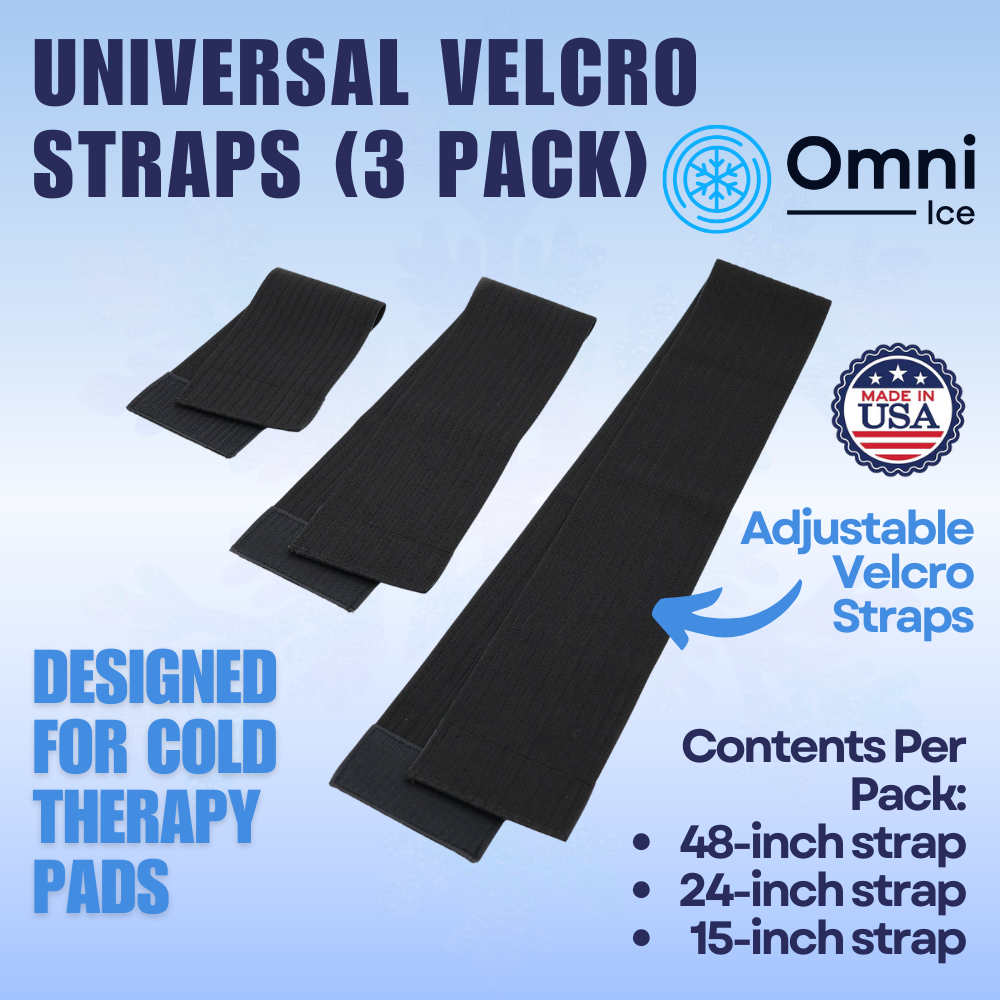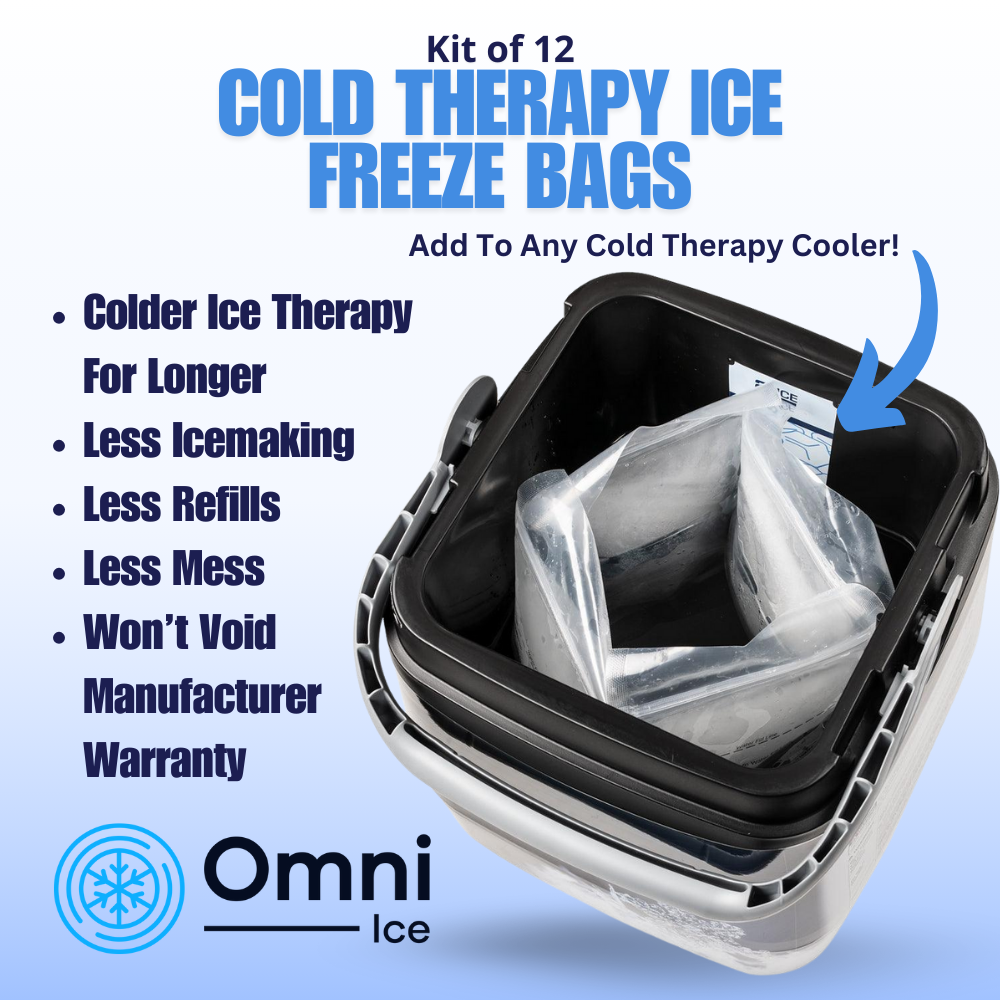Interview: Dr. Dina Khentigan Talks About Neck Pain and Cervical Traction
Hey everyone. Welcome to our continuing education Series. Today we're going to talk a little bit about neck pain with Dr. Dina Khentigan.
But a few housekeeping tips first. Always consult your physician and get evaluated before starting cervical traction or starting any kind of medical device. This video is just for education to let you know what's out there on the market. So Dr. Khentigan, please tell us a little bit about yourself.
Well, I've been a health care professional for over 35 years. My internal degree is a doctorate and I'm also certified in Integrative Health.
So today, on neck pain, how prevalent in the United States is neck pain?
Oh goodness, neck pain affects about 10% of the adult population, so it is pretty prevalent.
Wow 10%. What are like some examples of how I would get just a common example people don't really think about. How would I get just common neck pain?
You can get it from a variety of ways. It could be due due to injury, um or it could be due to Chronic um overuse. For example, have you ever heard the term tech neck
Yeah, just thinking that right so a lot?
You know that extended flexion all day, long um. It could be due to golf injury um. It could also be caused by other problems such as a pinched nerve or from herniated disc,
So it could be from just common day use or from maybe overuse or just you know, unfortunately, old age. What are the majority of patients doing the for neck pain, uh?
What some patients are doing at home. They might be taking over-the-counter products such as acetoin or Ibuprofen. They might stop doing what causes the pain. So, for example, a lot of golfers might have neck pain because they're rotating the neck and they're flexing the neck for long periods of time. So if they stop playing golf - or maybe they limit uh folks limit their time that they spend on their tablets and smartphones. That can also help um. Some people might go to physical therapy um or they might, you know, maybe get a different pillow at home, or you know something um to help that neck to be in a different position.
I can imagine once it gets going. It's probably really uh uncomfortable. So the anatomy of the cervical spine. Can you just kind of describe a little bit in layman's terms? What that is
Absolutely so. The spinal column is um consists of a bunch of bones that aren't connected they're kind of stacked one. On top of each other and the first seven bones in the spinal column are called the cervical vertebrae and there's seven of them stacked on top, and in between the vertebrae are these um discs and that kind of helps cushion the vertebrae. Also, there's eight nerve roots that innervate the cervical spinal column and they connect to different parts of the body. That's why some folks that have neck pain may also have some weakness, numbness tingling in other parts of their body, such as their hands or their feet.
That's a good point point so um that would be stenosis. If you get some tingling, would it not or what is stenosis well.
Stenosis is actually a narrowing of the spinal column. So if the spinal column is narrowed, then that may cause some compression on the cervical nerve roots and it can also kind of squeeze the disc that can and that might push them out of the vertebrae.
And what are the other things? There's a herniated disc and then there's that word I hate to use that we see a lot when talking about neck pain. Can you go over those couple things?
Radiculopathy is basically just a fancy medical term for pinch nerve. And then you have stenosis, which we've already discussed, which is the naring. And then there there could just be some wear and tear due to aging um. That might make the vertebrae closer together. That can compress on those dis or the nerves.
Okay. So with that being said, how can uh in this case the Comfort track, is the one we're going to talk about. How does a cervical traction benefit of a patient who might be uh experiencing some of these issues?
That's a great question. So, basically, what the cervical traction does is help to kind of put the cervical neck into a neutral position and help stretch it out a little bit so that there's not that compression on the disc which are in between the vertebrae or not the it can Kind of prevent the compression on the nerve Roots, which can also cause that pain, numbness, tingling or weakness.
So the traction unit is really in layman's terms, just going to kind of pull things apart to maybe help alleviate
Absolutely absolutely and then too it can help. Maybe you know we talked about the tech tech neck uh for folks that have coning that Flex position. It can help prevent someone from bending their neck down into that Flex position.
So this is a really conservative treatment, but you should always talk to your physician and talk to your PT, especially on the poundage you would use on the cervical traction unit. It's always better to start conservatively, maybe just lay in the unit and put 10 lounds of pressure on it and just see and sit there and just let your neck stretch versus you know maybe doing a much harder pound or higher pounds.
I should say yes, because observational Studies have demonstrated that about 40 to 80 % of people um their their pain, numbness, tingling or weakness might be elevated by conservative therapy. It usually takes about six to 8 weeks, but if the pain or other symptoms, worsen or don't get better, then like you mentioned folks, definitely need to contact their Healthcare professionals.
Well, I hope you enjoyed the video and thank you so much for taking time to explaining the basics of that. You like this video, please comment below or like it or subscribe to our Channel and we will link to Dr. Dina Khentigan's article below in the comment section, and thank you for following along.








